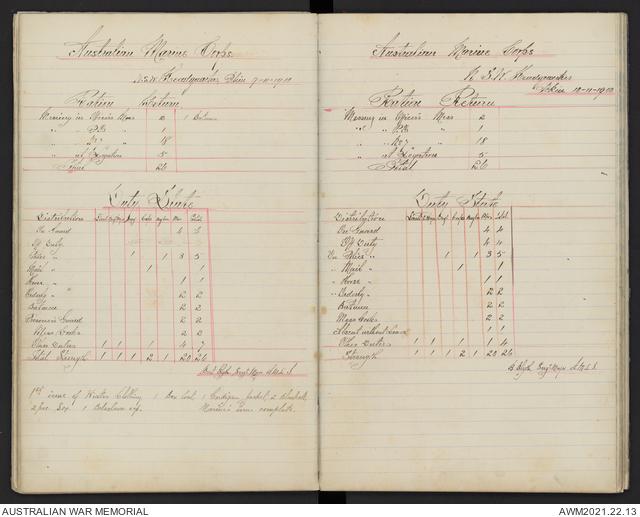“I do not know how we fare in winter”: Clothing the Contingent
While garrisoned at Tianjin with the Victorian Naval Contingent, on 5 November 1900 Engine Room Artificer Arthur James Livingstone wrote:
The weather today has been the worst we have had yet, blowing very hard and it was bitter cold, the wind seemed to go through you and as for the dust you could not see for it, it covers your clothes and makes you look as though you had been in a dust bin … I do not know how we fair in winter.
Livingstone was rightly concerned. The New South Wales and Victorian naval contingents were ill-equipped for winter, and the blue serge uniforms and greatcoats they embarked with were woefully inadequate to deal with a long and bitterly cold winter in northern China.
Recognising the difficulties facing the men, winter clothing was sourced from the British, who had recently secured their own winter supplies from the Canadians. The detachment of New South Wales Marine Light Infantry at Beijing welcomed their first issue of winter clothing on 9 November followed by a larger second issue on 24 November.
The majority of the Victorian Naval Contingent at Tianjin received their winter clothing by late November, just before the first snow fall of the season in early December. Able Seaman Andrew George Stephenson provided an insight into the winter kit and how it was put to use:
It has been below freezing point for the last five or six weeks. But we are very well supplied with winter clothes, which is a matter essential. It is absolutely necessary that you have every part of you (excepting your mouth and nose of course) well covered outside. When doing sentry at night time, I generally have on extra thick underclothing, long stockings, high knee boots, regulation flannel, two heavy guernseys, a Cardigan jacket, monkey jacket, the whole lot covered with a long overcoat and cape. A woolen muffler around the neck, a Balaclava cap covering the head and neck, and winter fur cap on top of that completes the head gear; gloves and mittens for the hands, and we are complete, and a trifle cold.
A member of the New South Wales Naval Contingent standing guard wearing a Canadian Mounties style coat and balaclava, Beijing, c. late 1900–early 1901. (Harold Ernest Lofts collection)

